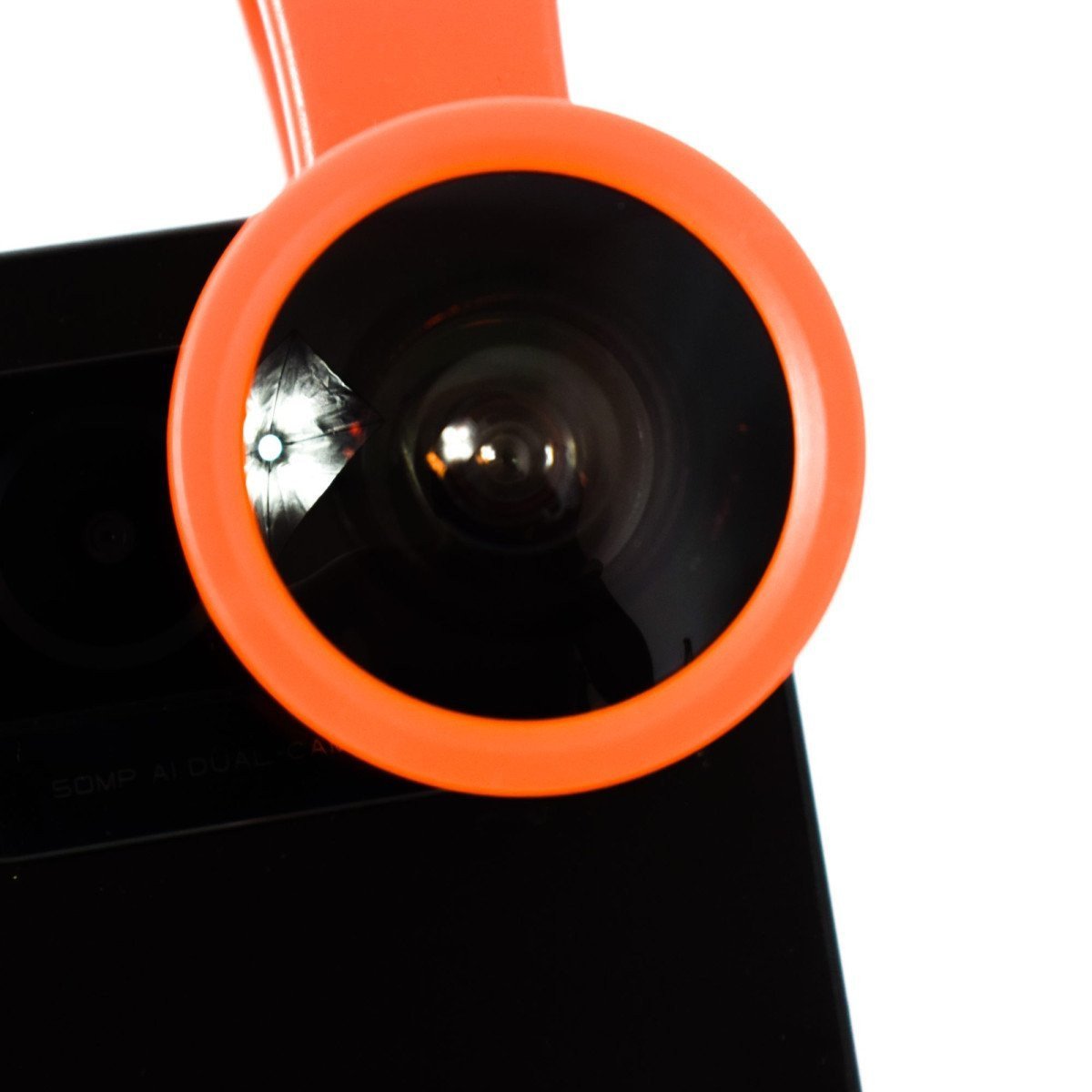I remember the first time I got a ‘serious’ camera – a shiny DSLR that seemed almost too sophisticated for an amateur like me. I held it in my hands, the weight and bulk a reassuring sign of its credibility, and I asked myself, ‘Have I made the right choice?’
You see, when it comes to choosing a camera, the options could make anyone’s head spin. Mind-boggling terms like “shutter speed,” “aperture,” and “ISO” are thrown at you. At the end of the day, the decision can feel more like a gamble than an informed choice.
Well, it turns out that more than half of camera buyers regret their purchase after six months, mainly because they neglected crucial aspects during their research phase.
I’m here to make sure you don’t join that demographic. This article is for everyone who’s standing where I was years ago, uncertain and overwhelmed. You’ve made a great decision to read up on your potential investment, because a camera isn’t exactly a spur-of-the-moment purchase – and it shouldn’t be.
First things first, let’s talk about your need for a camera. ‘I want to take better photos,’ might be a common reason, but dig a little deeper. Are you passionate about wildlife and need a solid setup to capture animals in their natural environment? Maybe night photography accessories will be an area to explore. Or perhaps, shooting high-paced action like sports is more your speed. The ‘why’ of buying a camera is just as important as the ‘what’.
Now that you’ve established your ‘why,’ let’s move on to the ‘what.’ One of the massive mistakes first-time buyers make is getting hung up on the megapixel count. ‘The higher, the better’, they say. But let me let you in on a secret: unless you’re going to print billboards, anything above 12MP will serve you just fine. The image quality is a result of an intricate ballet of various components, not just megapixels.
‘So, what should I consider?’ you might ask. Well, here falls the lens in our discussion. The lens, my friend, can be a game-changer. It’s like the eye to your camera’s soul. Your camera body might be outstanding, but pair it with a poor lens, and you’ve kneecapped its potential. There is a myriad of lenses available, each offering a unique perspective. Some are perfect for portrait photography, while others are designed for landscapes.
Then there’s the consideration of sensor size. Bigger sensors absorb more light, which results in better image quality, especially in low light situations. Crop sensors, Full Frame, or even Medium Format – each type comes with its advantages and trade-offs.
See, it’s not as simple as ‘big camera equals good photos’. It’s an ecosystem where every component has a role to play, which leads us to the next crucial aspect: usability and ergonomics. Stay tuned, this just got even more exciting!
Ergonomics, the science of making things efficient, holds utmost importance in our camera buying scenario. Yes, specs and fancy gadgetry matter, but if the camera feels awkward in your grasp or has a cluttered, confusing interface, chances are you won’t enjoy using it. It’s like buying a sports car with great speed, but a terribly uncomfortable driver’s seat and confusing dashboard
You must remember, a camera isn’t just a tech gadget; it’s a creative tool. So, usability should be a priority. Is the size suitable for your needs? Do the buttons feel well situated? Is the menu system intuitive? It’s best if you can try out some models in a store or borrow from a friend before committing to a purchase.
Lastly, don’t forget to consider the extras – battery life, availability of additional lenses, the cost of extra accessories you might need, and even the brand’s customer service reputation. All these can impact your long-term experience with the camera.
A camera is quite an investment, not only in terms of money but also in the experiences you’re likely to capture through its lens. Pouring a little time and thought into the buying process is worth it. After all, the best camera is the one that you use – so which one will it be?


0 Comment